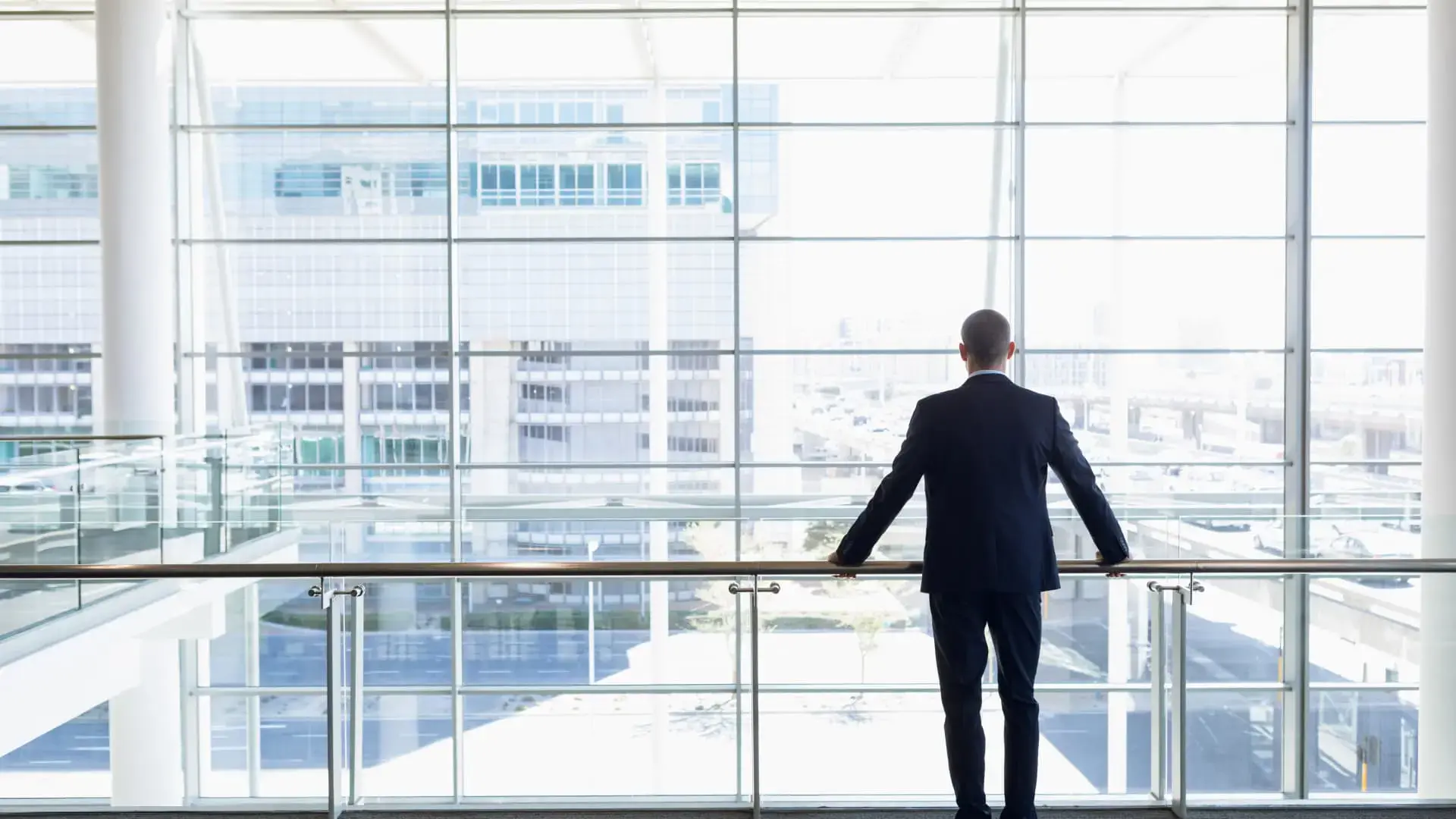Many company executives now regret their initial return-to-office plans, as 80% say they would have approached it differently if they understood employee preferences. While some firms are requiring more in-office time, citing collaboration needs, others are scaling back requirements due to retention issues. Successful companies like EY are listening to employees, addressing concerns over childcare and commuting, and seeing office attendance rise as a result. However, full office occupancy remains below pre-pandemic levels as hybrid work grows in popularity. It will take time for companies to settle on arrangements that satisfy both employees and management.



We are still teleworking full time, and will be at least until next spring, because they are renovating our building - they actually had us come in, clean out our offices and cubicles, and take our stuff home, so we literally have no desk to go to right now (if the need arises we can borrow a desk at another facility, but that space is extremely limited).
Part of the renovation is shrinking our footprint. We won’t be able to all go in at once; there won’t be enough space. So, when (if?) we go back in, 99% of the meetings are going to be us at whatever cubicle we were assigned that day, in teleconferences. Something we could do just as well at home. What’s the point in making people drive in just to do that?
There is a remote work policy being developed and reviewed, and hopefully that will allow me to continue working from home indefinitely.
All of that said, I went to an in-person brainstorming/long term planning meeting for a club I’m in, and THAT worked extremely well in person. We wouldn’t have been nearly as productive having it via Zoom, plus I could sit at meals and ask my fellow club leaders how they were dealing with this issue or that issue. So, I will admit that some things are better in person. But those types of meetings are in the minority - once or twice a year.